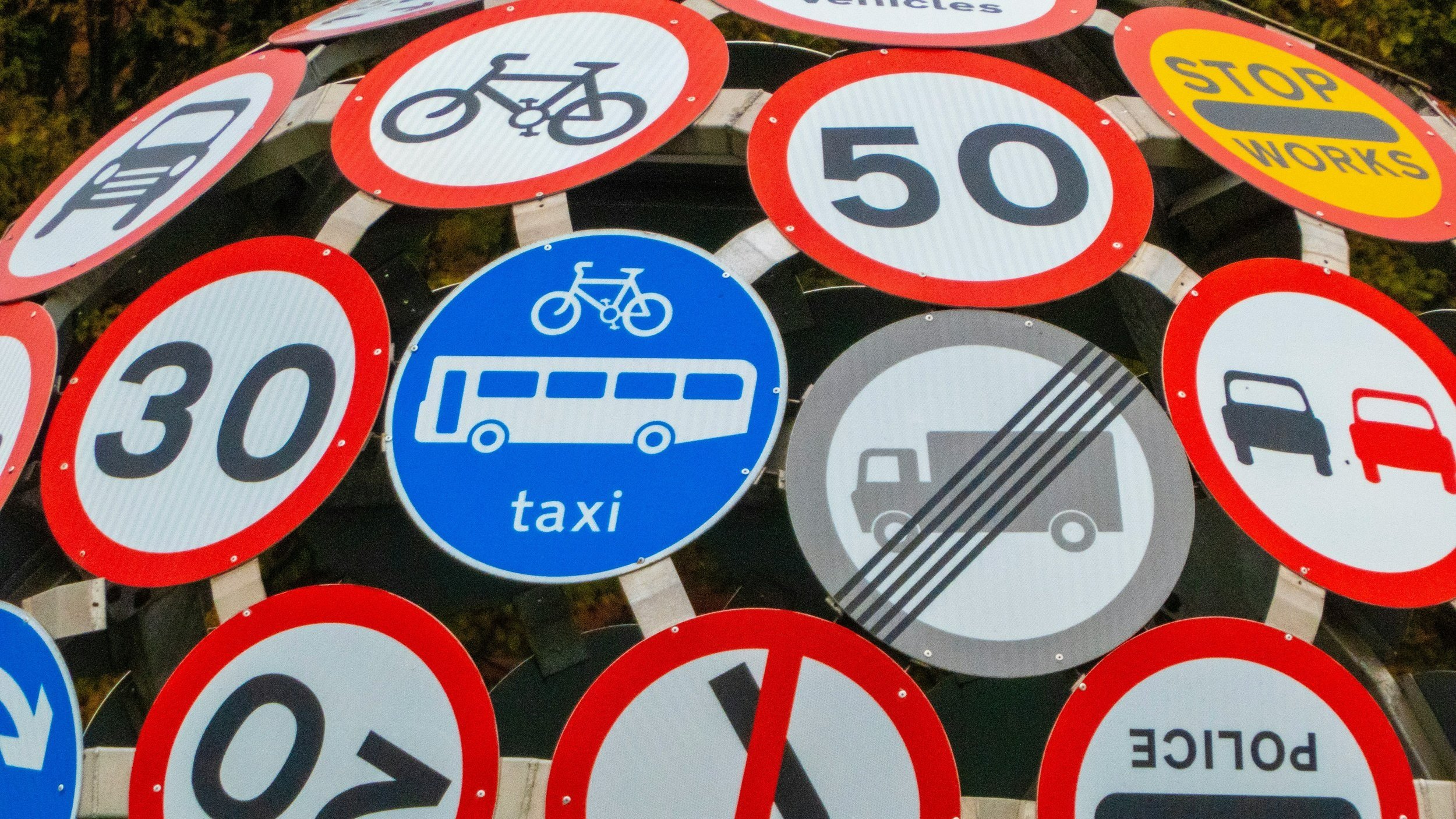The driving test was invented to improve road safety. Over the years, it has evolved to keep pace with changing vehicles, technologies, needs and potential dangers. Today, DG Cities is working at the forefront of testing innovation and engagement as part of the DeepSafe consortium, looking at the simulation-based training needed to teach autonomous vehicles to handle rare ‘edge case’ scenarios. We thought it would be interesting to delve into the history of the test, explore its current state, and discuss how it is likely to evolve in the future with the advent of self-driving vehicles, as Head of Delivery, Balazs Csuvar explains…
From its humble origins as a simple obstacle course in 1899 in France to the complex evaluations of today's drivers, the driving test has evolved alongside the vehicles it seeks to regulate. However, with the advent of electric and autonomous vehicles, the test itself needs to be completely reevaluated.
It wasn't until 1935 that the United Kingdom introduced a compulsory driving test, marking a significant milestone in the standardisation of road safety measures. Since then, driving tests worldwide have typically consisted of theoretical exams testing knowledge of road rules, and practical exams evaluating driving skills, with an increasing emphasis on hazard perception and emergency manoeuvres. Different tests have applied to different vehicles, from mopeds and cars to buses and HGVs. Will a test ever be required for e-scooters or electric cycles?
In recent years, the driving test has confronted new challenges as technology has advanced. In 2017, for example, SatNav was introduced to the independent driving section of the test. With the rise of electric vehicles (EVs), drivers have to demonstrate understanding of unique characteristics such as battery range and charging infrastructure. Similarly, as automated systems – advanced driver assistance systems (ADAS) - become more ubiquitous in modern vehicles, driving tests may need to include evaluations of a candidate's ability to effectively use these technologies. Assessing human-machine interaction (HMI) will also be crucial, as drivers must navigate increasingly complex interfaces and be prepared to intervene when necessary.
Evolving to meet regulation
Looking to the future, the driving test must continue to evolve to meet the demands of a rapidly changing automotive landscape. The UK is moving down a path of setting requirements to test or licence self-driving vehicles - this intention is referenced in the recently released Automated Vehicle Bill. The CAVPASS (Connected and automated vehicles: process for assuring safety and security) programme is actively developing these testing and monitoring standards.
Testing vehicles through a physical driving test might form part of the assessment, as it would provide a good opportunity for humans to assess the comfort and general behaviour of a vehicle, just as drivers do today. This approach does however have a number of limitations. A more likely avenue is to rely on testing in simulation. A test in a simulated environment could eliminate real-world risks associated with testing complex driving scenarios, allow for millions of scenarios to be tested and enable ongoing tests for any future software updates. Testing in simulation is really the only way to truly test a vehicle’s capabilities, although a physical test could still help to validate these.
DeepSafe
DG Cities is part of the next evolution of the driving test with DeepSafe. This dRISK.ai-led consortium of DG Cities, Imperial College London, Claytex and rFpro will unlock a barrier in the supply chain – together, we are developing the simulation-based capability needed to train and test AVs to handle ‘edge cases’, the rare, unexpected driving scenarios they must be prepared to encounter on the road. DeepSafe will commercialise ‘sensor real’ edge case data – a simulation of what an actual sensor would detect – together with AV training tools, for release in the UK and internationally after the project. The current project builds on existing products consortium members have developed, enhancing the overall capability and accuracy of the world’s first automated vehicle driving test.
Testing vehicle, system and driver
Technical challenges aside, the road to widespread adoption of self-driving vehicles is fraught with issues beyond the realm of the driving test. Trust, ethical operation and understanding diverse needs are all vital principles. Establishing trust in ADAS, ensuring robust industry regulation, and accommodating the needs of special user groups such as emergency services are all essential steps in this journey. People will need to understand and trust the efforts the sector is making to ensure safety is at the core of this new technology. Moreover, the ethical implications of autonomous driving present a pressing challenge for driving tests of the future - AV systems may be tested on their understanding of ethical considerations and their ability to make informed decisions in critical situations where the vehicle must weigh competing interests, for example, protecting occupants versus pedestrians. These are some of the themes that DeepSafe is addressing through the public engagement aspect of the project. By understanding and finding solutions for these multifaceted challenges, the driving test can play a key role in shaping the future of transportation.
The driving test has come a long way since its inception, adapting to technological advancements and changing transport trends. As we stand on the cusp of an electric and autonomous vehicle revolution, the driving test must continue to evolve to ensure road safety in an increasingly complex and dynamic landscape.
If you’re interested in finding out more about our work in the field of self-driving tech, you can download our free insights brief here.





